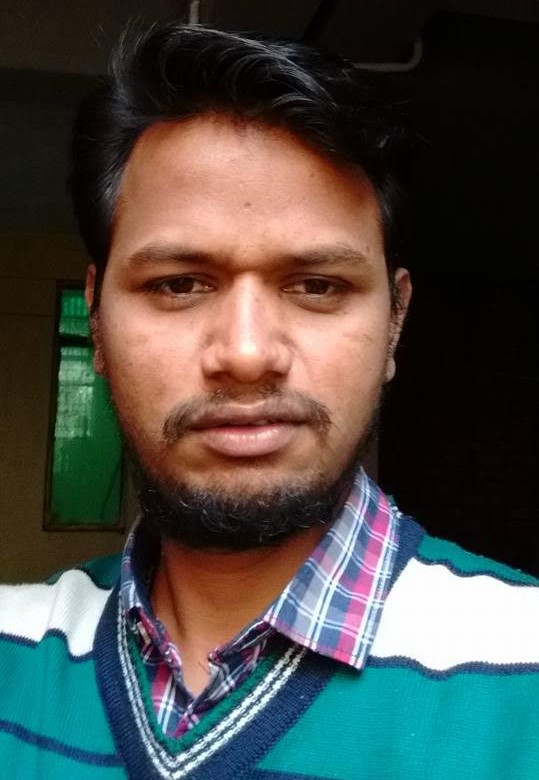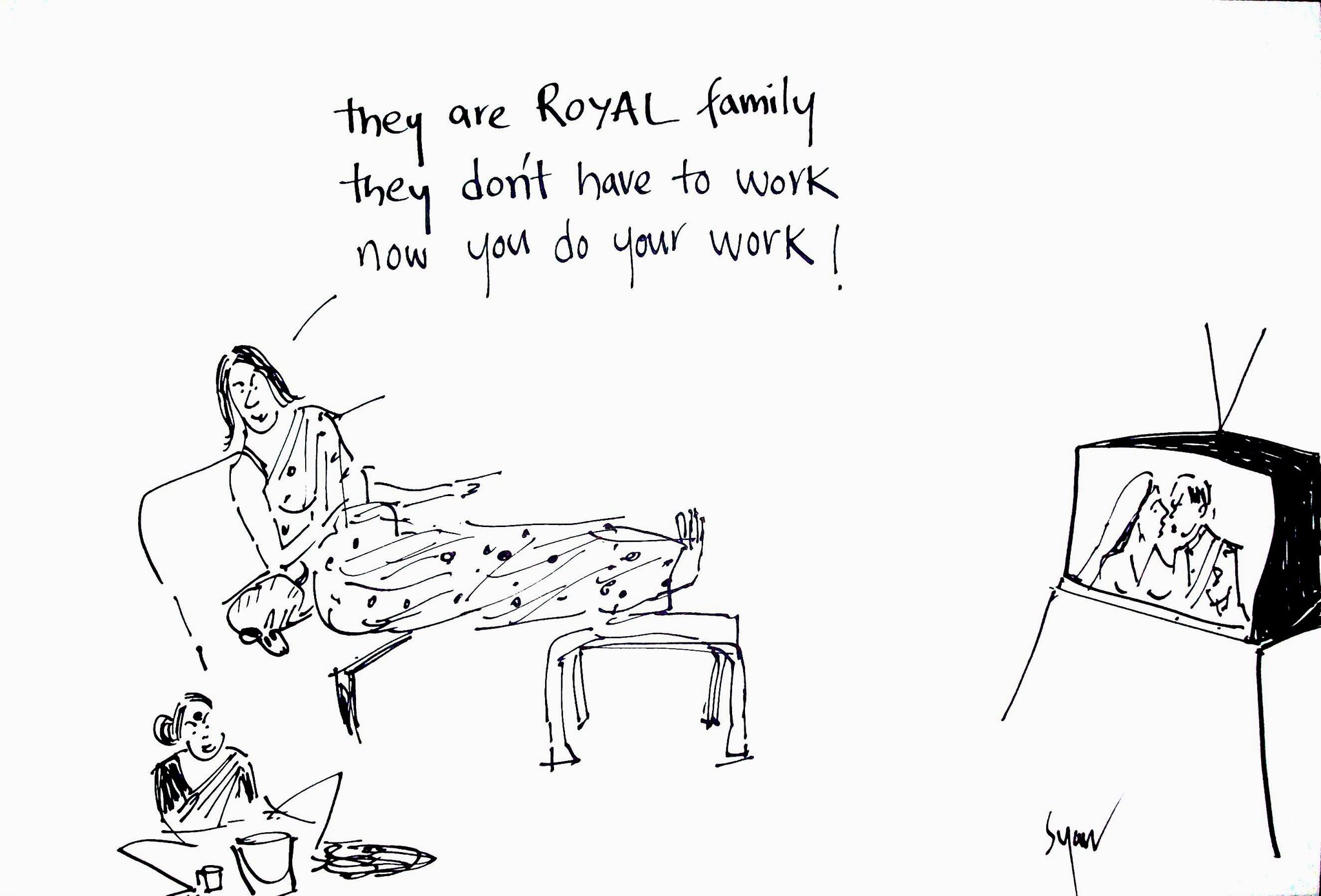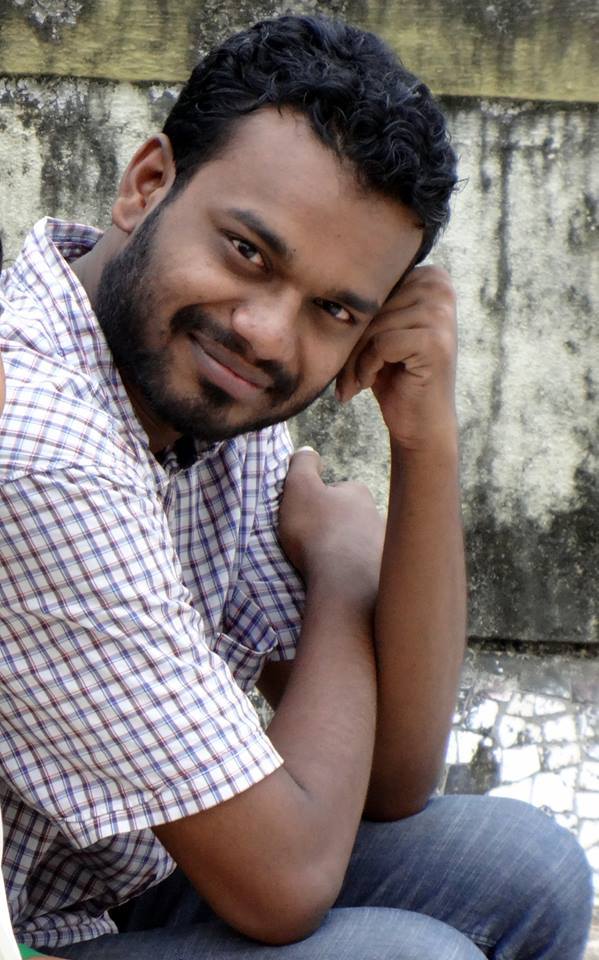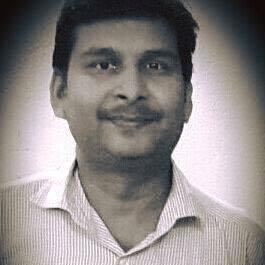Vinod Kumar
 The world is moving in a new direction in its political spectrum. Most of the old, developed democracies have come under the influence of the right wing forces with populist images where people are drawn towards personalities and emotions rather than facts and good policies. Recently, this changing political dimension has been termed as “post-truth politics”. Although, this tendency has long been part of political life, it has had very less discussion on it before the advent of the Internet. The politics of Russia, China, America, India, Australia, UK, Turkey and Japan inspired the political scientists to analyse the changing political behaviour. The word “post-truth politics” became more prevalent during the two major political events of this year; first, Brexit referendum in which Britain has withdrawn itself from EU, and second, US presidential election where Donald Trump with right wing supported populist image came to power. This term (post-truth politics) has been chosen as the Oxford Dictionaries word of the year (2016). In post-truth politics, campaigners consistently repeat their talking point even if they are found to be untrue by other sources. Here, false rumours become major news topic. In this era of post-truth politics, it is easy to cherry-pick data and come to whatever conclusion you desire (oxford dictionary).
The world is moving in a new direction in its political spectrum. Most of the old, developed democracies have come under the influence of the right wing forces with populist images where people are drawn towards personalities and emotions rather than facts and good policies. Recently, this changing political dimension has been termed as “post-truth politics”. Although, this tendency has long been part of political life, it has had very less discussion on it before the advent of the Internet. The politics of Russia, China, America, India, Australia, UK, Turkey and Japan inspired the political scientists to analyse the changing political behaviour. The word “post-truth politics” became more prevalent during the two major political events of this year; first, Brexit referendum in which Britain has withdrawn itself from EU, and second, US presidential election where Donald Trump with right wing supported populist image came to power. This term (post-truth politics) has been chosen as the Oxford Dictionaries word of the year (2016). In post-truth politics, campaigners consistently repeat their talking point even if they are found to be untrue by other sources. Here, false rumours become major news topic. In this era of post-truth politics, it is easy to cherry-pick data and come to whatever conclusion you desire (oxford dictionary).
However, there are many drivers of this process, but the media with increasing internet accessibility plays a crucial role, often functioning with vested interests, as agencies that are politically, commercially and socially motivated. Media ethics and neutrality is becoming obsolete. For instance, in Russia, news agencies like CCTV news and Russian today allow the authoritarian state to influence western audience. Growing private media in the liberal countries serve their own purpose with distorted news for the interest of their associates. Taking another example of the largest democracy called India, hundreds of news channel are functioning here, and most of them have their own political, economic, and social associates. When fact is one thing, factual interpretation would be different thus distorting the factual reality. If we watch the same news from different channels we will find altogether different perspectives. There are many news sources on the internet offering material on very sensitive and important issues, with little reliability. With this process of news communication, people perceive, grasp and propagate news according to their own political affiliations.
India as a Republic and democratic country entitles its citizen with the fundamental right to freedom of speech and expression. Right to press falls under the same. Our national motto is “truth alone triumphs” (satyameva jayate) not Trump, but we are living in the age of Trump (that is, post-truth politics) where media ecosystem means everything is true but nothing is true. Officially it claims to be a secular country with fundamental right to religion, where all religions are equal in the eyes of state, but practically it (state) is dominated by a particular majority religion, Hinduism. India grants its citizens right to equal opportunity, but the entire state apparatus, economic resources, and media is occupied by the upper castes of the country. Though it has completed almost 69 years of independence, the marginalized communities have not got their proper share in the social, economic and political sphere. Moreover, now we have entered into the age of post-truth politics, which means age of blatant lies and emotional appeals.
In post-truth politics, the right wing is the main player. In India, right wing tendency is not new, it has a long history. In fact, the Brahmanical and casteist forces have grown as right wing from anti-colonial movement and find the culmination in the formation of government (Vajpayi’s and now Modi government) in independent India. Right wing politics render around emotions. There are emotional appeals on the cultural supremacy, glorious historical past, religion, race, and nation. Along with media, campaigners play a crucial role; these campaigners can be an individual, groups or organisations. Right wing force in politics as the BJP is composed of several outfits; at the social level RSS, VHP etc., at the educational level, ABVP, and among the labour class, the BMS, and many others. The entire compilation of these organisations are collectively known as Sangh Parivar. These forces have their own presses and publications such as Geeta press, Organiser, Panchjanya etc. BJP has a strong support base among the upper caste and upper class and therefore the corporate section played a crucial role in the 2014 election campaign, financially.
In the light of post-truth politics, 2014 general election can be taken into consideration in which the election agenda, propaganda, appealing style, campaign strategy and the role of media needs to be analysed.
Coming to the populist image of Modi, the Gujarat model is equated with Modi even if the entire government has been working for the state. Unlike Trump, Modi is communal, everyone knows as the Chief Minister he is responsible for Godhra kand, but he was again elected as CM and then as PM too. His populism can be gauged with 2014 election, BJP was known as Modi, and not Modi as a BJP member. “Modi wave” and Abki bar Modi sarkar (this time Modi government) slogans are famous even till date. BJP fought election in Delhi and Bihar assembly elections with Modi’s popular image and his wave. Moreover, wherever assembly election happened, Modi’s presence and his rallies were considered to be significant. Even in the government he has his own style of functioning. Major decisions are taken by Modi himself and other ministers are just mute spectators. Now coming to his emotional appeals, during his election campaign in 2014 general election such as, Mitron mai ek chaywala Hoon (Friends, I am a tea vendor), Bhaiyon aur Bahno mai Bharat man ka sapoot hoon (Brothers and sisters, I am son of India), and in many tribal areas he used to appeal to them using their own identity by wearing their tribal dress. For appeasing corporates and industrialist he said “mai Gujarati hoon vyapar mere khoon me hai” (I am a Gujarati, trade is in my blood). This emotion-based campaigning is continuing, recently he said “mai to Bhikhari hoon” (I am a beggar). This is the integral part of his politics, with new emotional jumlas every day. By keeping the nation in the centre for everything, the right wing plays it as an emotional card. Anything that goes against them gets labelled as anti-national. In this regard recently in order to manage crises resulting from demonetisation, Modi stated “sathion desh ke liye line me khade ho” (stand in the queue for the country). The two major features of post-truth politics populist image and emotional appeals can be perfectly applied to Modi and his politics.
Now coming to the media, in India there are hundreds of news channels, newspapers in different national and local languages, more than 15 crore internet users, several publishing houses, magazines, journals, and other source of communication. Without doubt the nature of media is casteist and communal. The representation of the marginalised community, especially Dalits is negligible, it is very difficult to find even a single news anchor from the Dalit community. There have been several cases registered against some media channels and newspapers for distorted news that shows their political and economic objectives; Neera Radia case is one of the significant examples of this. Most of the news channels and newspapers have their lineage and inclination towards some political parties, corporate houses and other actors. Several associated blogs, groups on social media are motivated with defending a particular party and actor, and offending others not with facts but with blatant lies.
Role of media in the rise of the right wing politics can be analysed with the Modi wave. The entire hype of Modi was created by the media. Social media and internet played a crucial role. Several mobile companies served the BJP, people were getting messages like Abki Bar Modi sarkar, these companies continue their support and are active in spreading the messages in support of BJP’s programme and policies. Modi Bhakti has become an integral part of some of the news channels. Many news channels seems to be government led and anchored by BJP spoke persons. Talking from my own experience, recently in JNU during the VC’s gherao incident, from outside the gate, Zee news and some other channels were spreading lies regarding the issue. In the morning they came to JNU and I asked the Zee news anchor: “do news channels have any political affiliations?”. He replied, yes. I then asked “with whom are you associated”? He replied, “watch the news and analyse.” I said “media ethics don’t permit you to spread lies and rumours on national TV, and is there any other course in journalism of political affiliation and spreading lies and rumours?” He replied “this ethics and honesty is confined to the books, there is no value for ethics and honesty outside the books”. I said “it means media is not capturing news but producing news”. Shamelessly he said “it is up to you, how you consume the news?” No doubt, media neutrality is questionable. Rise of right wing politics, emotional appeals and blatant lies are the signs of post-truth politics. Contemporary time is witnessing all the features of such kind of politics in India. It would not be wrong if I would say that “India is one step ahead of US in post-truth politics”.
The main focus of my article is the Dalit question in post-truth politics. In order to bridge the gap resulted from centuries of social exclusion the constitution has some affirmative actions for SC, ST and OBCs. For the effective implementation of the reservation and policies government data and other information regarding communities is significant. As it has been mentioned, state apparatus is already dominated by the upper caste; implementation of these policies depends upon them; they spread misinformation about the socio-economic condition of marginalised communities and government’s data. However, after 69 years of independence, government policies are not properly implemented, particularly the policies of welfare and reservation meant for Dalits. This vulnerable community which is economically poor, politically powerless and socially excluded has developed different avenues of assertion over a period of time across the country but their aspiration for social justice is yet to be met.
Now in this juncture of post-truth politics where the media is already in the hands of chosen people from upper caste, will they allow factual reporting about the marginalisation of the Dalit community? No! Not at all. However, there are some political parties, civil society organisations and other associations who are working for the Dalit cause but they are under-equipped to handle the media and current dynamics in politics. Although, social media is accessible mostly to the educated youth, and educated youth from these communities are very less. This is the serious problem in present post-truth political dynamics. We have to think how the Dalit community can manage this post-truth politics without their own media avenue where mainstream media is no more trustworthy at all. How the idea of social justice will meet with its reasonable conclusion? How the Samta Mulak Samaj will be build? Where this post-truth politics is leading us?
~~~
Vinod Kumar, Phd candidate in Center for West Asian Studies, School of International Studies, Jawahar Lal Nehru University.










